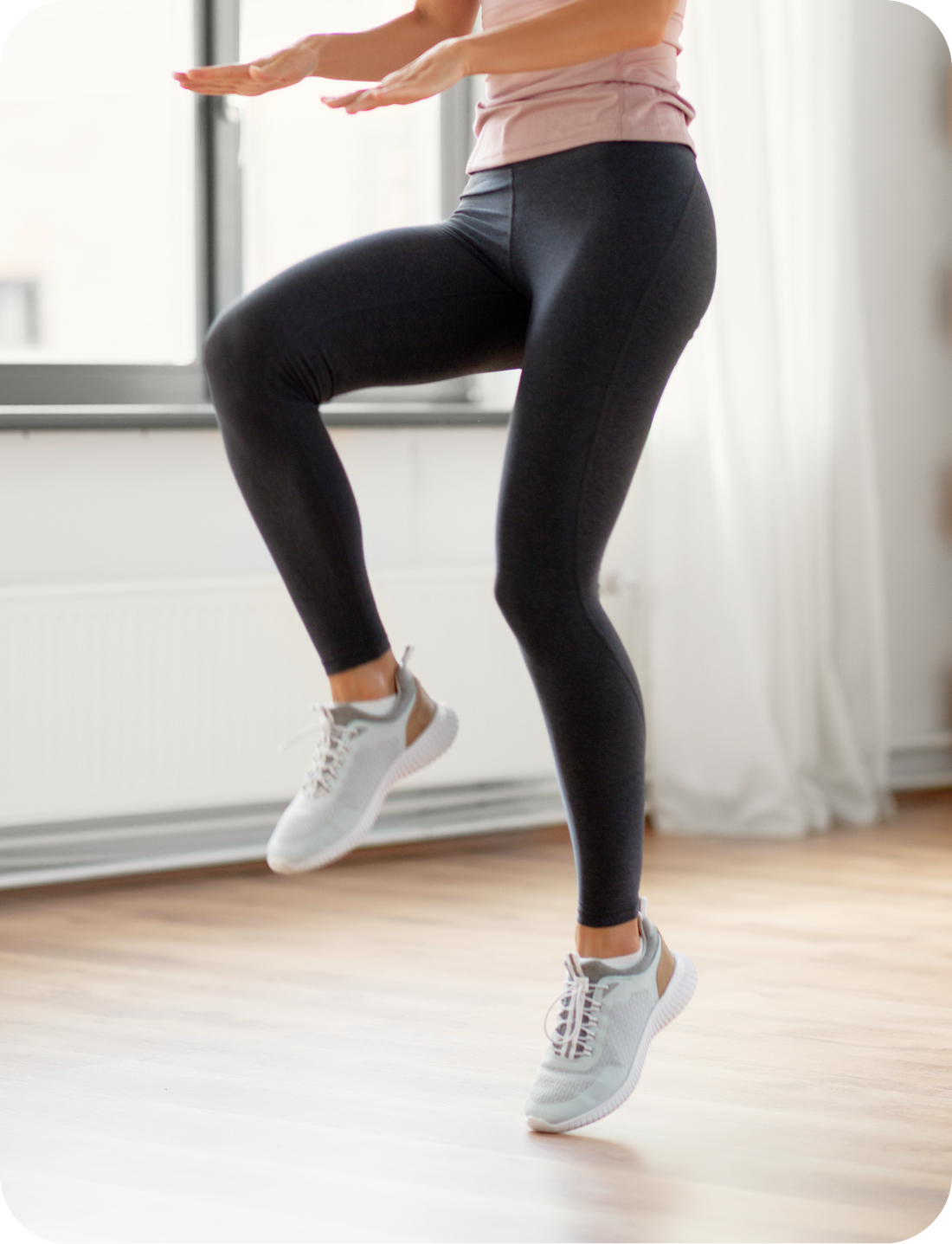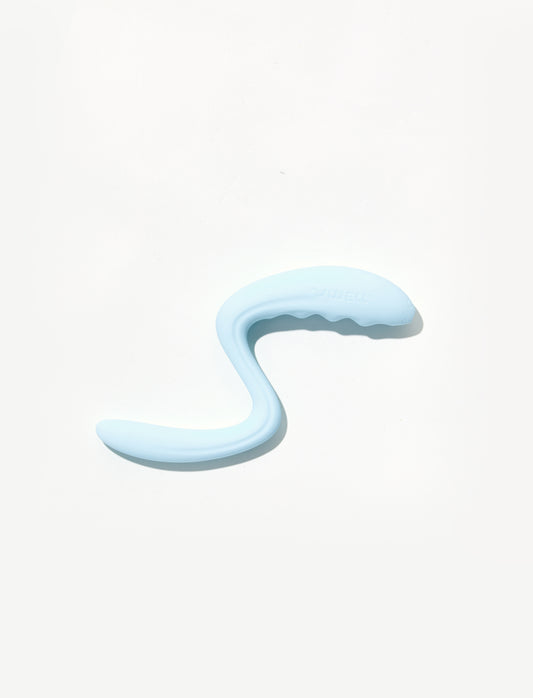Cardio exercises effectively help in burning calories, increasing heart rate, and boosting mood. However, some may experience an unpleasant condition during exercise, especially when jumping: bladder leakage. Bladder leakage isn’t normal, as it's a sign of dysfunction in your pelvic floor and core support system. But if you suffer from it, rest assured — there are strategies you can implement to manage bladder leakage and return to enjoying the benefits of a good workout.
Table of Contents
-
Understanding Bladder Leakage
-
Causes of Bladder Leakage
-
Tips to Prevent Bladder Leakage While Jumping
-
Conclusion
Understanding Bladder Leakage
Bladder leakage, also known as urinary incontinence, is characterized by the involuntary release of urine due to lost bladder control. It can occur in people of all ages and genders, although it is more common among older women. There are different types of bladder leakage, including stress incontinence, urge incontinence, and mixed incontinence.
Bladder leakage can significantly impact the quality of life, often making people feel embarrassed and lose their confidence. Many individuals with bladder leakage may feel the need to constantly be near a bathroom or wear protective pads to manage the condition, which in turn results in a restricted social life.
Causes of Bladder Leakage
Stress urinary incontinence (SUI) is one of the most common causes of bladder leakage in women. It’s marked by the involuntary release of urine during activities like coughing, sneezing, laughing, exercising, or lifting heavy objects. A primary cause of stress incontinence is weak pelvic floor muscles, which are responsible for supporting the bladder and urethra. When these muscles lack strength, they can’t keep the urethra closed during physical activities, leading to urinary leakage. Some of the factors linked to weakened pelvic floor muscles are:
-
Childbirth — Especially when birth is given vaginally instead of through a cesarean section.
-
Pregnancy or Obesity — Excess abdominal weight increases bladder pressure.
-
Aging — Pelvic floor muscles weaken as we get older, increasing the likelihood of experiencing urinary incontinence.
-
Surgery-Related Damage — Surgery in the bladder or nearby areas, like womb removal (hysterectomy) or prostate gland removal.
-
Neurological Conditions — Conditions affecting the brain and spinal cord, such as Parkinson's disease or multiple sclerosis.
-
Medical Conditions — Certain conditions, including diabetes and connective tissue disorders, can impact bladder control.
-
Medicines — Diuretics and blood pressure medications may also be a factor.
Tips to Prevent Bladder Leakage While Jumping
Jumping, especially high-impact activities like jumping rope or trampoline jumping, can put extra pressure on the bladder. This increased pressure can lead to urine release, especially in those with weak pelvic floor muscles.
Fortunately, there are tips and treatments available to help you manage bladder leakage. As always, when considering treatment options, it's best to consult with a healthcare professional or physiotherapist.
-
Strengthen Your Pelvic Floor: Pelvic floor exercises, also known as Kegels, are a cornerstone in managing bladder leakage. These exercises help strengthen the muscles that support the bladder, reducing the likelihood of leaks. Incorporate regular pelvic floor exercises into your routine to build strength and improve control.
-
Use Protection: Selecting protective products can make a significant difference in managing bladder leakage during exercise. Consider using pads or protective underwear designed for incontinence. Modern products are discreet, comfortable, and highly effective, allowing you to go about your usual exercise routine.
-
Stay Hydrated: Managing fluid intake is another way to handle bladder leakage during exercise. Typically, individuals need about eight eight-ounce cups of fluid per day, equivalent to about two liters. Drinking a lot more than that will make you want to go to the bathroom more often, as well as increase the chances of bladder leakage.
-
Practice Controlled Landings: Learning to control your landings while jumping can help minimize the impact on your bladder. Focus on landing softly and bend your knees upon impact to distribute the force more evenly. This controlled landing technique can reduce stress on the pelvic floor and decrease the likelihood of leakage.
-
Visit the Bathroom Before Exercise: Emptying your bladder before jumping activities can reduce the pressure on your bladder, minimizing the risk of leaks.
-
Mind Your Breath: It's essential to pay attention to your breathing while jumping. Avoid holding your breath, as this can increase abdominal pressure and strain the bladder. Practice rhythmic breathing to maintain a steady flow of oxygen to your pelvic floor muscles, promoting better overall control.
-
Check Your Posture: Maintaining good posture is crucial for managing bladder leakage while jumping. Stand tall with your shoulders back and engage your core muscles. Proper posture helps distribute the impact of jumping more evenly throughout your body, reducing stress on the pelvic floor.
-
Maintain a Healthy Lifestyle: Adopting a healthy lifestyle can promote better overall bladder health. Regular exercise, a balanced diet, and maintaining a healthy weight can positively impact pelvic floor function. Quitting smoking is also important, as smoking can irritate the bladder and increase the risk of incontinence. Additionally, avoiding bladder irritants such as caffeine, alcohol, and spicy foods can help reduce bladder leakage episodes.
-
Ask About Medications: If you experience severe or persistent bladder leakage, medical treatments or surgery may be necessary to control bladder leakage by relaxing the bladder muscles or reducing bladder contractions. Check with your healthcare provider to see if this applies to you and if anything can be done to help manage your symptoms.
Conclusion
If you're seeking additional support for managing bladder leakage, consider the Pelvic Wands. With flexible and ergonomic designs tailored to fit any body, you can easily reach your pelvic floor muscles in the deep pelvis.
Incorporating a pelvic wand into your routine can help strengthen weak pelvic floor muscles, addressing issues like pelvic pain and urinary incontinence.
FAQs
1. Are bladder leakage and incontinence only issues for older women?
No, bladder leakage and incontinence affect both men and women of all ages. However, it’s more prevalent in women, especially as they age, as aging can contribute to weakened pelvic floor muscles. Other factors, such as hormonal changes, obesity, and childbirth, can also impact bladder control in younger women.
2. Is bladder leakage a sign of a more serious health issue?
In most cases, bladder leakage is not a sign of a serious health issue but rather a common and treatable condition. However, persistent or worsening symptoms should be discussed with a healthcare professional to rule out underlying medical concerns.
3. When should I consult a healthcare professional about bladder leakage?
If bladder leakage is impacting your quality of life, it's advisable to consult with a healthcare professional. They can assess your situation, identify underlying causes, and recommend appropriate treatment options tailored to your needs.




